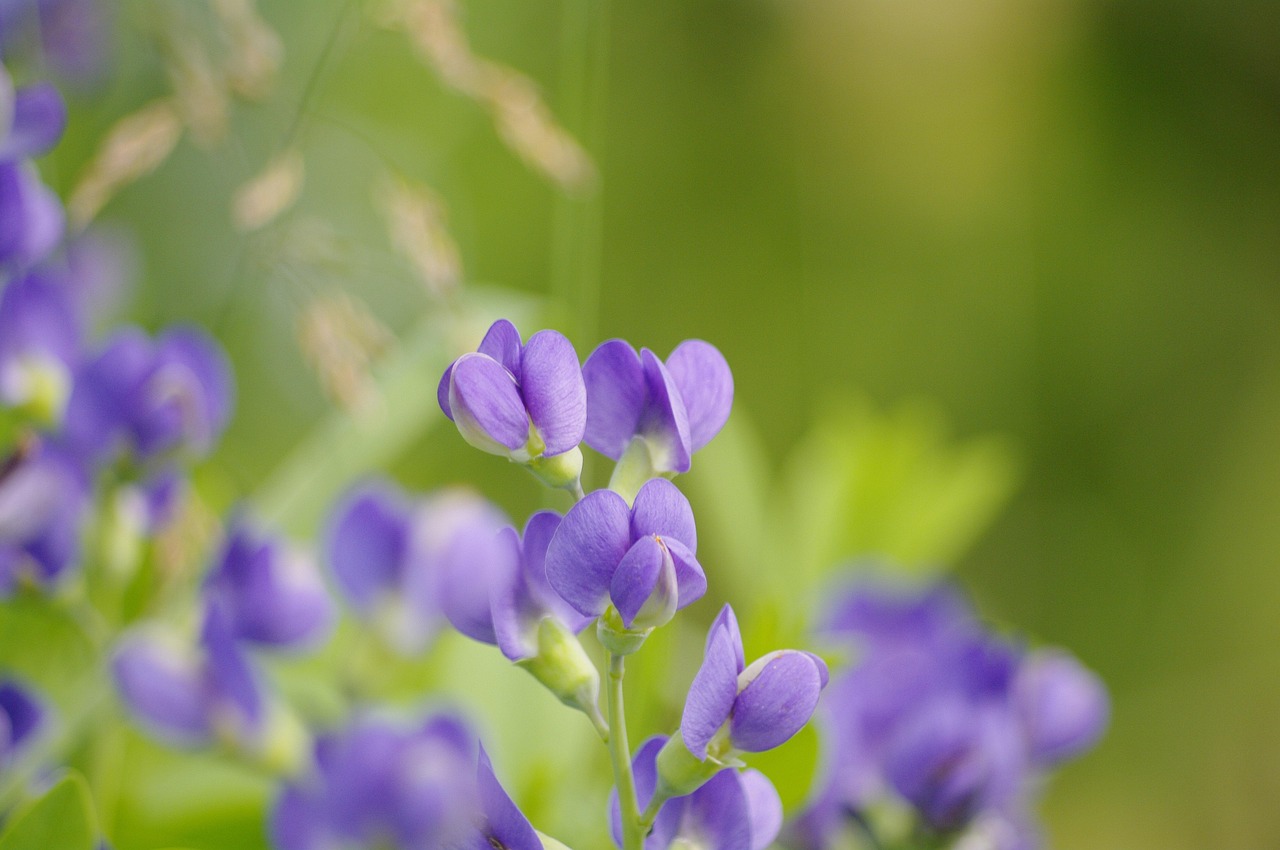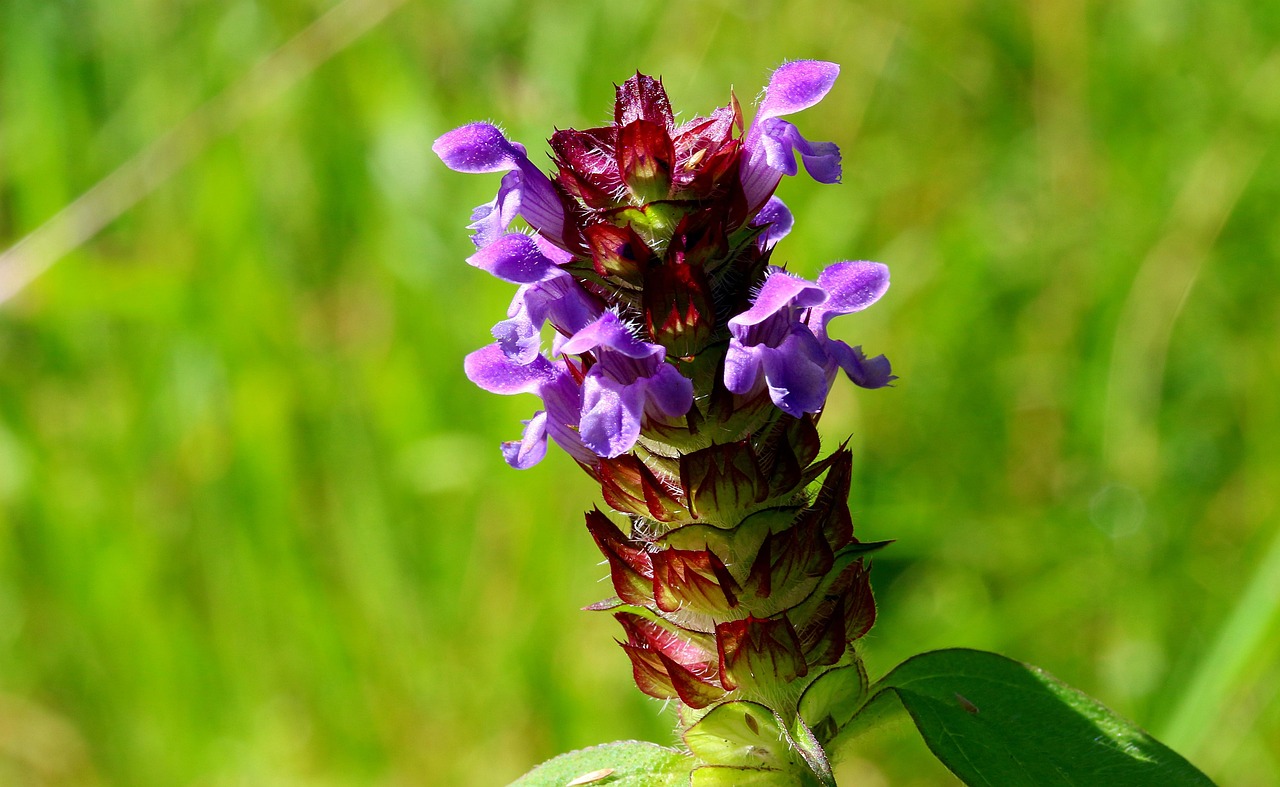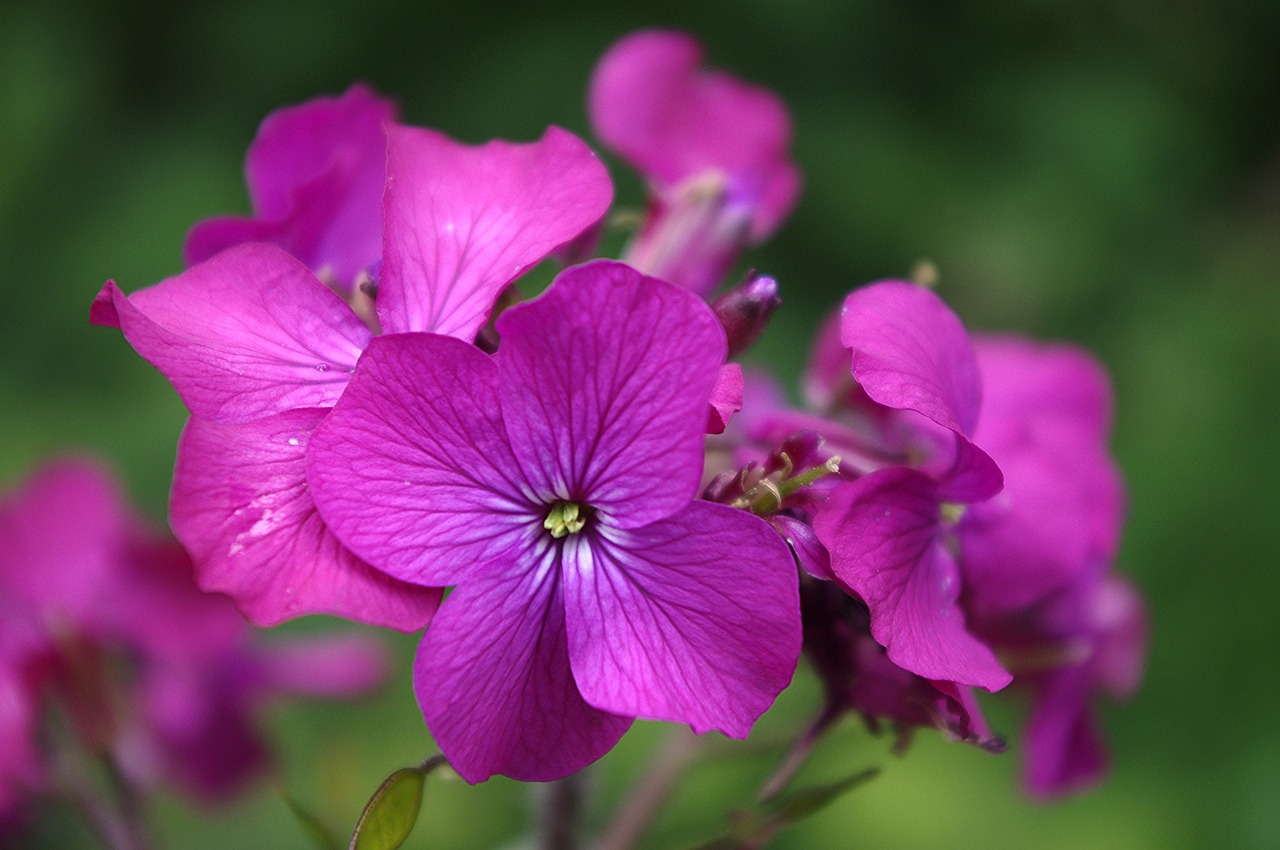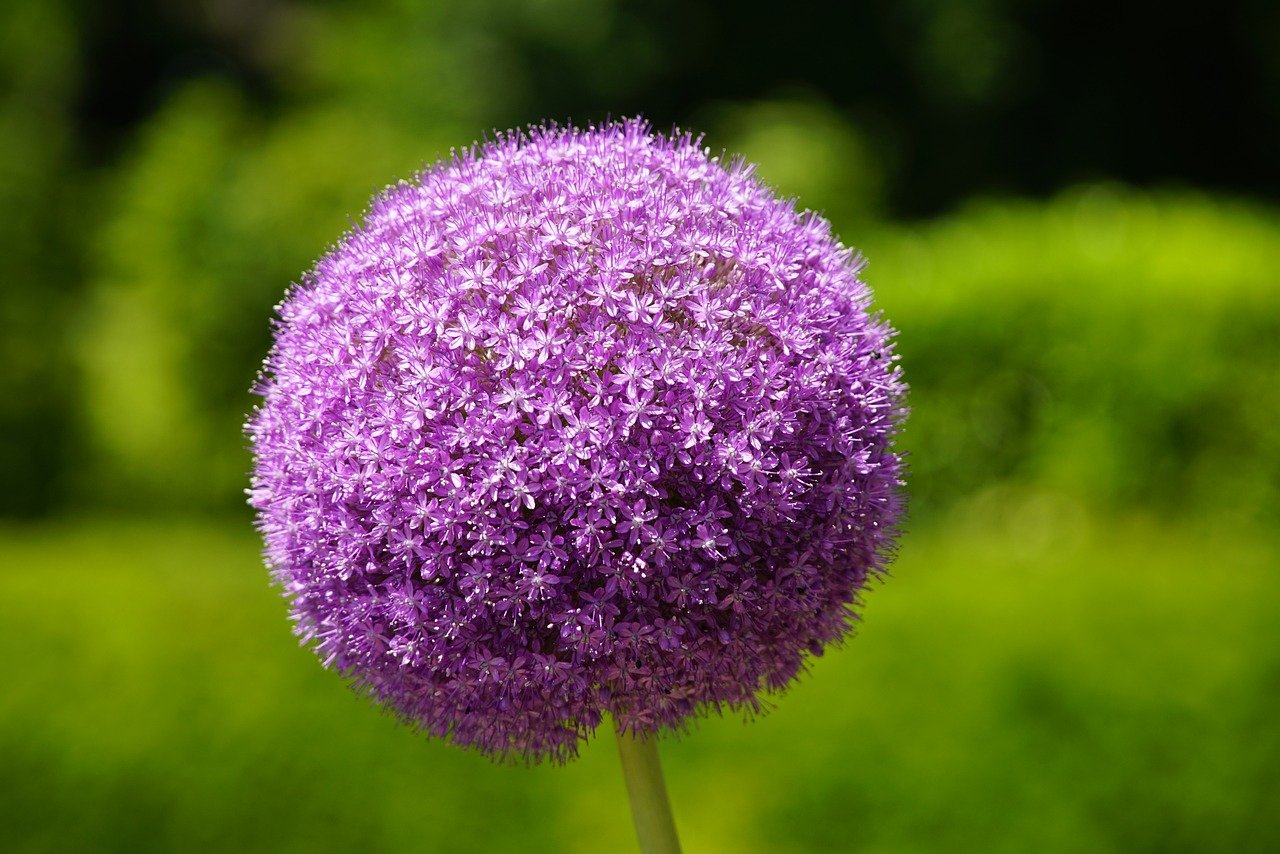Yamayuri | A Fragrant Lily Embodying the Aesthetics of Japan
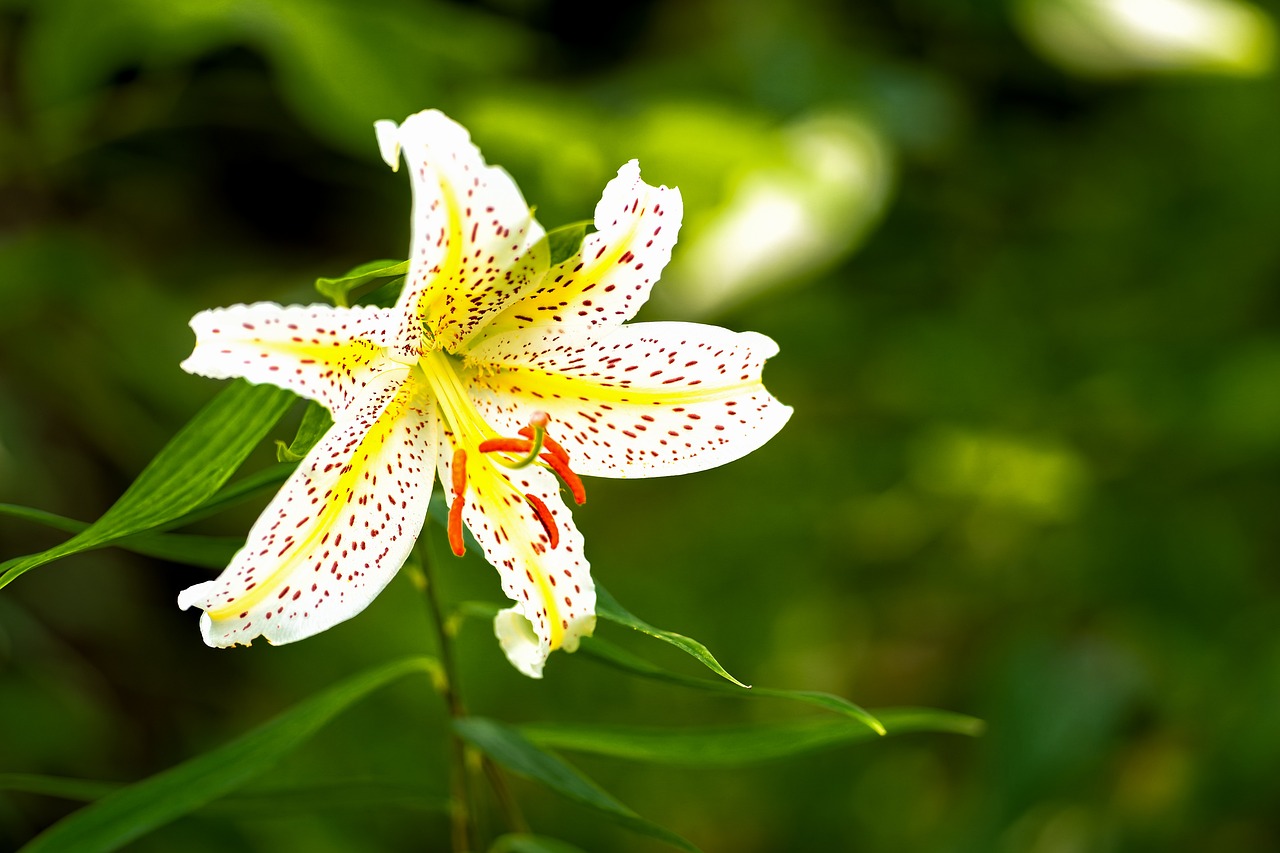
The Yamayuri (Lilium auratum) is a species of lily native to Japan’s mountains and fields, characterized by its large blossoms and sweet fragrance. As one of Japan’s representative flowers, it has long been admired for its beauty and is widely cherished in gardens and parks.
In this article, I will provide detailed information about the Yamayuri, including its basic characteristics, cultural and historical significance, and key points on cultivation.
Basic Information
- Scientific name: Lilium auratum
- Family: Liliaceae
- Origin: Japan (mountainous regions of Honshu)
- Appearance: The Yamayuri is a perennial plant that grows to a height of about 1–2 meters. Its large white petals are adorned with golden streaks and reddish-brown spots, creating a strikingly luxurious appearance. The flowers reach 15–25 cm in diameter and emit a sweet, captivating fragrance. The leaves are slender and grow spirally around the stem.
- Blooming season: The Yamayuri blooms from July to August. Its presence during the height of summer makes it a remarkable sight in nature.
Cultural Significance
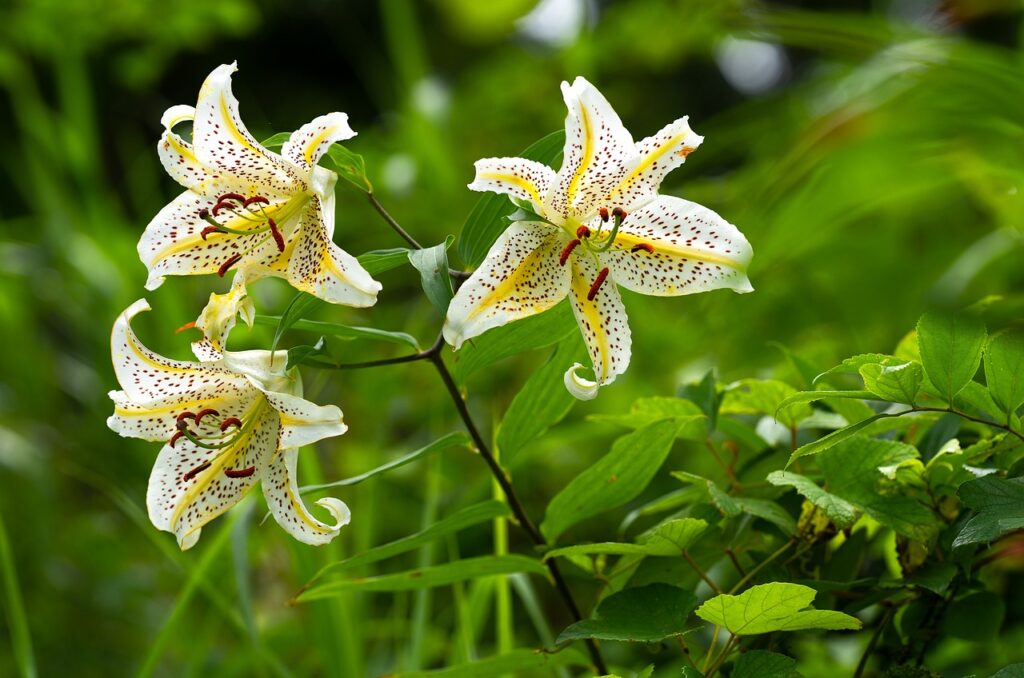
The Yamayuri is unique to Japan and holds an important place in Japanese culture.
Lilies have traditionally been regarded as noble flowers, often appearing in classical music, poetry, and literature. The white blossoms of the Yamayuri symbolize purity and elegance, and they are frequently planted in tea gardens and traditional landscapes. Even today, they are valued in ceremonies and used as decorative elements.
The Yamayuri is also cherished in weddings and funerals for its dignified beauty, and it is commonly used in bouquets and floral arrangements. Moreover, it has been designated as the prefectural flower of Kanagawa, further cementing its cultural importance.
Historical Background
The history of the Yamayuri is deeply intertwined with Japanese natural culture.
During the Edo period, its beauty was highly prized, and it was planted in gardens and temple grounds. Records note that it was cultivated in gardens favored by Tokugawa Ieyasu.
In the 19th century, the Yamayuri was introduced to Europe, where it became known as the “Golden-Banded Lily.” Its elegance made it highly popular, and it was used extensively as a parent species for hybridization. Many modern ornamental lilies are said to carry the genetic legacy of the Yamayuri.
Gardening Advice
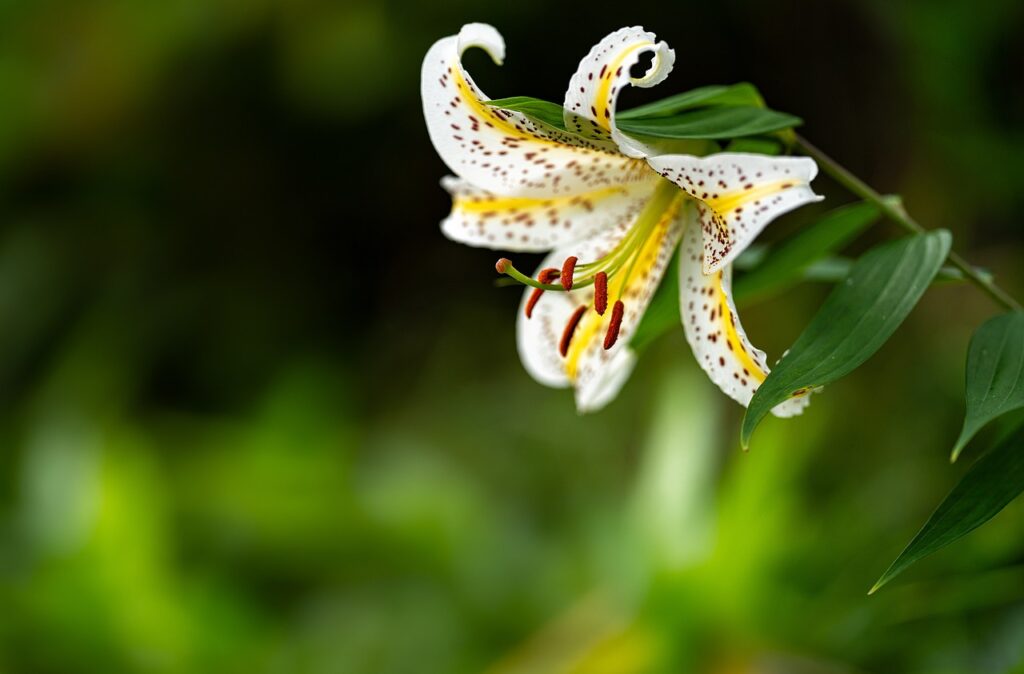
The Yamayuri thrives in environments close to nature, but with proper care, its beauty can be enhanced even further. Below are some key cultivation tips:
Sunlight
Prefers partial shade to sunlight. Ideally planted where it is protected from harsh summer rays, such as beneath trees or in dappled light.
Watering
Water thoroughly when the surface soil dries, but avoid overwatering to prevent root rot. Pay extra attention during the rainy season and humid summers.
Soil
Well-drained, slightly acidic soil is ideal. A mixture of lily potting soil and mountain sand works well. Improve the soil before planting for healthier growth.
Fertilizer
Apply slow-release fertilizer in spring and autumn. Phosphorus-rich fertilizer during the growing season promotes better flowering.
Planting
Plant bulbs in autumn (around October) at a depth two to three times their height. Choose a well-ventilated site to reduce pests and diseases.
Winter care
The above-ground parts die back in winter, but the underground bulb sprouts again in spring. Mulching or covering with leaf mold protects the bulbs from the cold.
Conclusion
The Yamayuri, with its magnificent blossoms and rich fragrance, is one of Japan’s most captivating flowers.
By cultivating it in an environment close to its natural habitat, I can enjoy its breathtaking beauty year after year.


